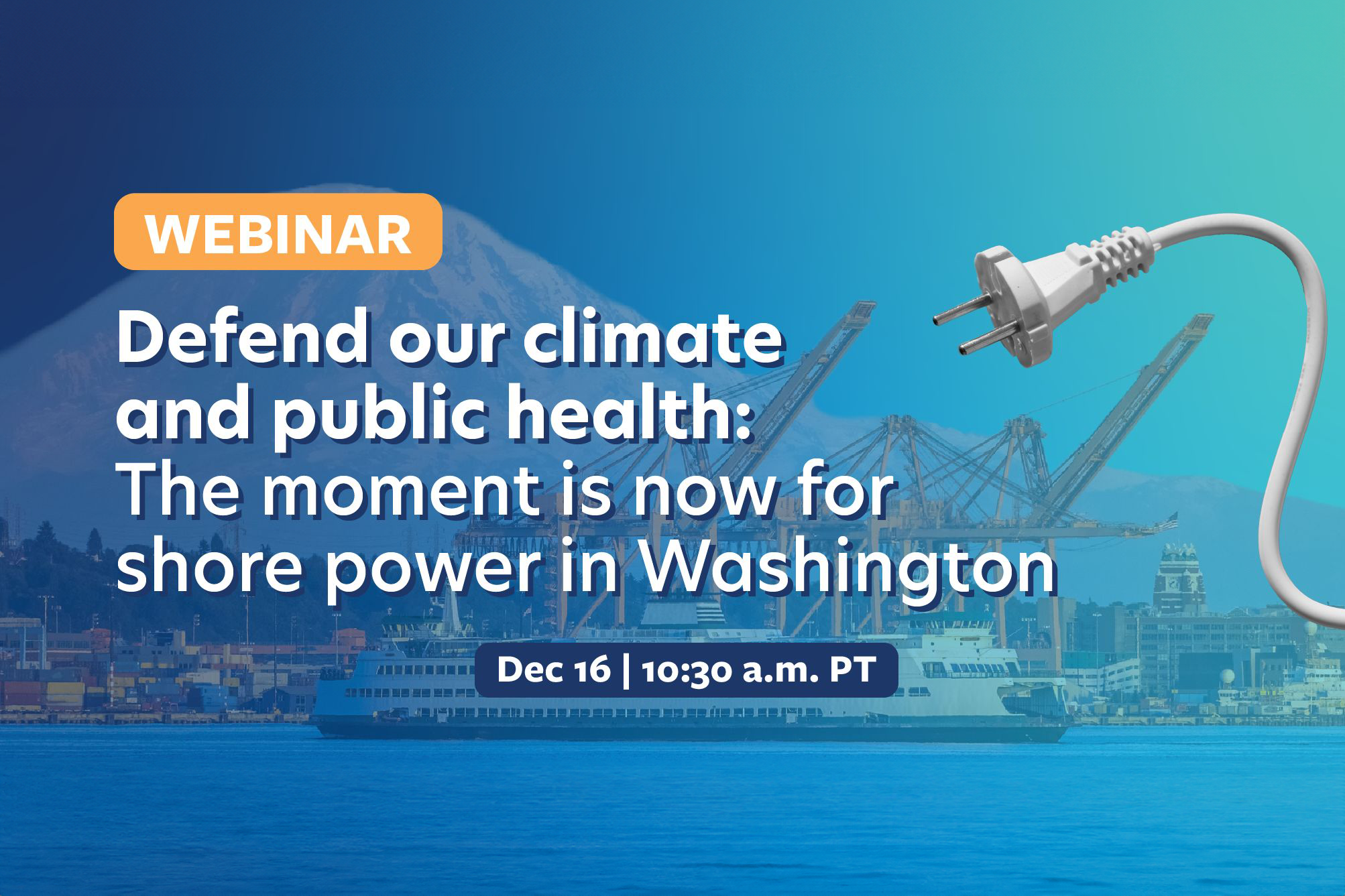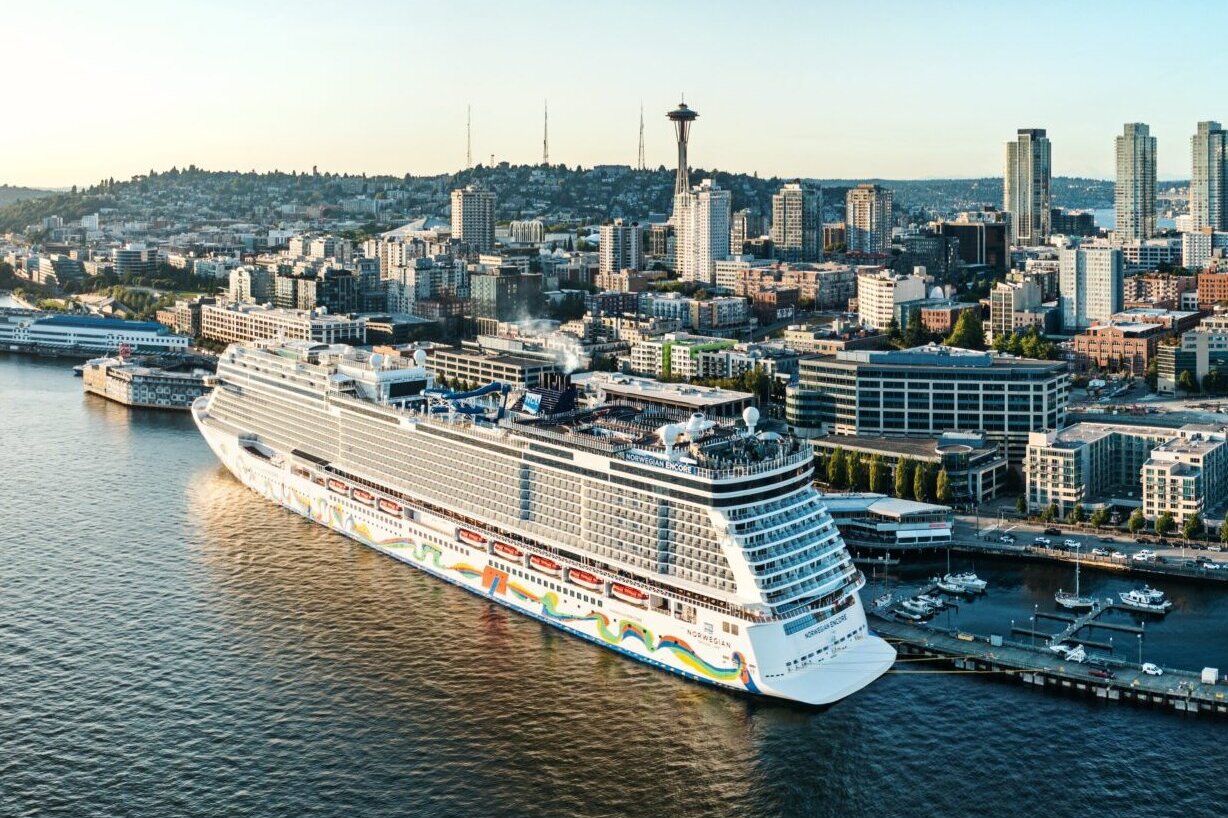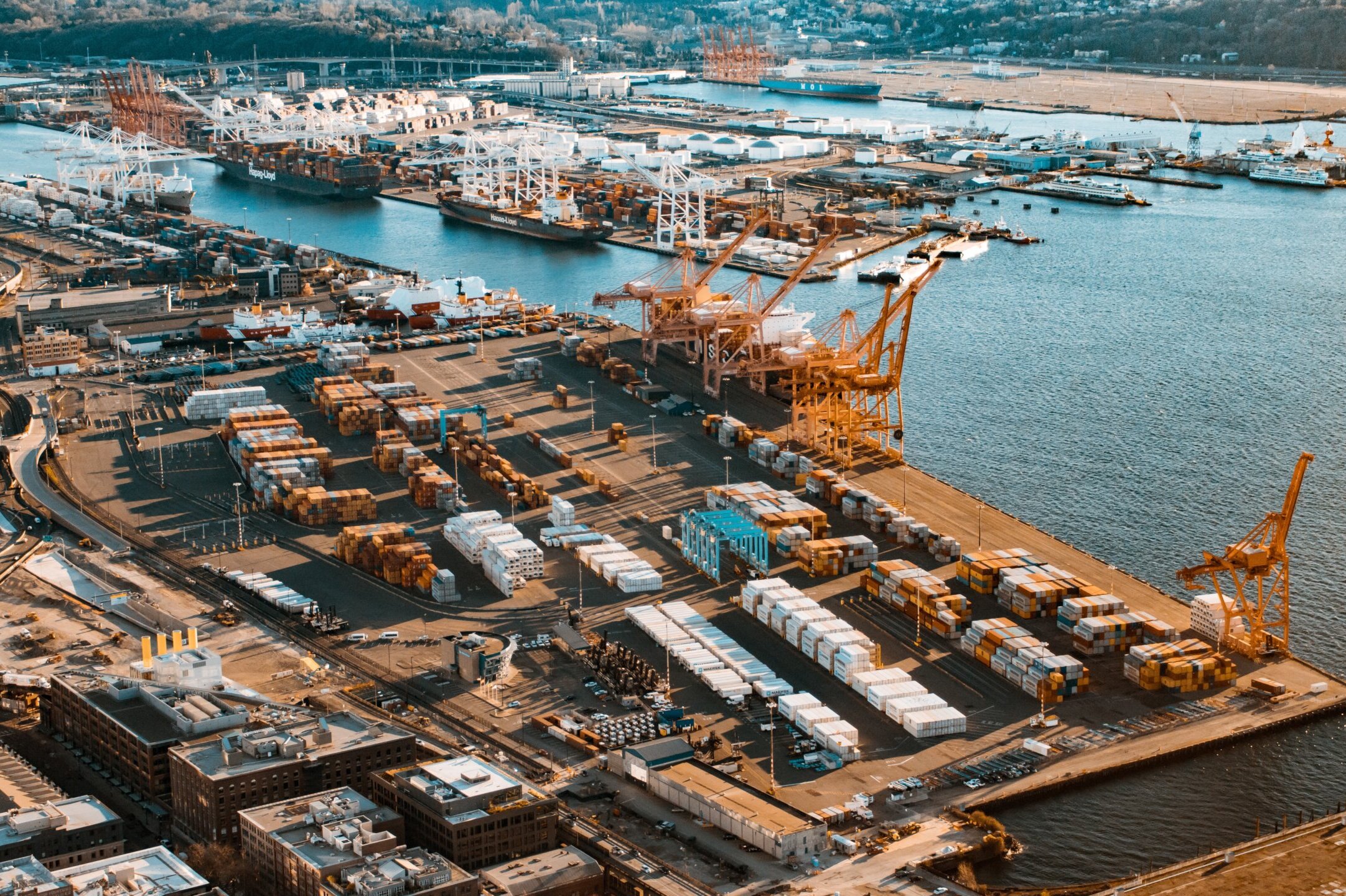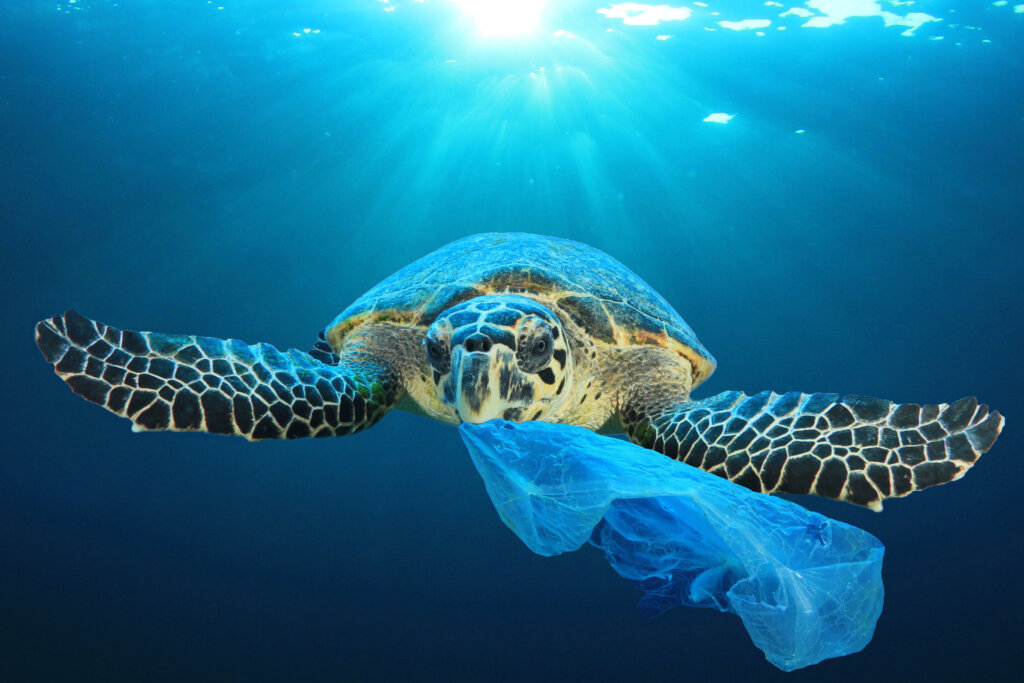Shore power for cleaner Washington ports
Plugging polluting diesel ships into clean electric power saves lives, improves air quality and reduces climate pollution
Washington state is home to the largest public port system in the world, with the Ports of Seattle and Tacoma ranking as North America’s third-largest container complex. While the maritime sector drives significant economic activity in the region, it also emits pollutants that contribute to climate change and impact the health of port workers and nearby communities. In the Salish Sea, vessel traffic adds to the environmental strain, increasing noise, the risk of accidents and oil spills, regional ecosystem disturbances and water pollution.
To address these effects, Pacific Environment works in a coalition to advocate for policies in Washington to reduce air pollution and other environmental impacts from shipping in the Salish Sea. One such policy is an emissions standard requiring ocean-going ships to reduce pollution from diesel engines. This can be achieved by plugging into shore power.
Impacts of fossil-fueled shipping in Washington
Ocean-going vessels are a major source of emissions in the Puget Sound airshed, releasing pollutants like diesel particulate matter, a toxic air contaminant linked to cancer risk and other serious health effects.
Primary source of port pollution
Of the emissions associated with Northwest Seaport Alliance operations, ships in port are the largest source of CO2e, NOx, PM 2.5, and PM 10 and the second-largest source of diesel particulate matter.
Increased cancer risk
Diesel exhaust represents 78% of the potential cancer risk from all air toxics in the Puget Sound. Maritime-related emissions account for 20% of total diesel particulate matter in the Puget Sound airshed, creating a significant yet avoidable public health risk.
Widening health disparities
Without changes, port emissions intensify environmental health disparities in nearby communities. According to the Washington Environmental Health Disparities Map, several port-adjacent communities rank among the worst in the state for environmental health.
Policymakers have the opportunity to reduce the impacts of shipping in communities with large health disparities. Georgetown and South Park, two neighborhoods just south of Northwest Seaport Alliance’s north harbor, are disproportionately impacted by industrial activity in the region, with residents experiencing a 13-year shorter life expectancy than those in wealthier and less diverse parts of Seattle. Communities in Tacoma also experience significant health disparities, with a roughly 20-year difference in life expectancy between people living in the census tracts with the highest and lowest average in Tacoma.
Benefits of shore power
Reduces pollution and protects health
Shore power reduces air pollution by allowing ships to turn off their auxiliary engines and connect to the electrical grid while docked in port. According to the Northwest Seaport Alliance, a ship docked for 40 hours using shore power can avoid emitting about 32 tons of CO2 and 22 pounds of diesel particulate matter. A 2023 study by the International Council on Clean Transportation found that full use of shore power by ocean-going vessels at the Port of Seattle can reduce PM 2.5 emissions by 29%. Lower emissions of DPM and PM 2.5 reduce the health risks of air pollution for portside communities and port workers.
Supports job creation
Expanding port electrification also supports high-quality union jobs. For instance, construction of shore power at Port of Tacoma’s TOTE terminal alone created dozens of manufacturing and installation jobs. A 2020 study by the Maritime Administration estimates that 100% shore power at Port of Seattle creates 302-526 job-years in 2050. Reducing port pollution further benefits all port workers who face daily exposure to harmful diesel exhaust while on the job.
Progress to date and next steps on shore power
Washington has made strides in port electrification, with the state legislature allocating significant funding and ports expanding shore power at container and cruise terminals. This funding comes in large part from the Climate Commitment Act (CCA), the market-based cap-and-invest program requiring the state’s largest polluters to reduce greenhouse gas emissions. The legislature appropriated $3.2 billion in CCA revenues for the 2023-25 biennium, including $26.5 million for port electrification competitive grants and $28 million for a Northwest Seaport Alliance zero-emission shore power infrastructure project. Washington voters defended the CCA in the 2024 election, protecting this important source of clean energy and air quality funding for years to come.
Moreover, the Port of Seattle now requires every cruise vessel homeported in Seattle to plug into shore power by 2027. This requirement is a step in the right direction and provides momentum for Washington ports to continue expanding shore power. In response to the cruise shore power requirement, the Seattle Times editorial board called for a similar strategy across the Northwest Seaport Alliance’s entire operations. We agree with the editorial board and urge Washington legislators to pass a bill requiring the most polluting vessels visiting the state’s ports to reduce at berth emissions.
Latest news
Our supporters
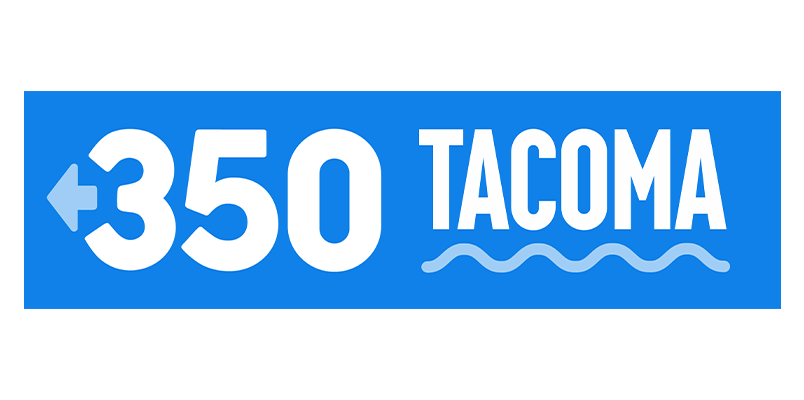





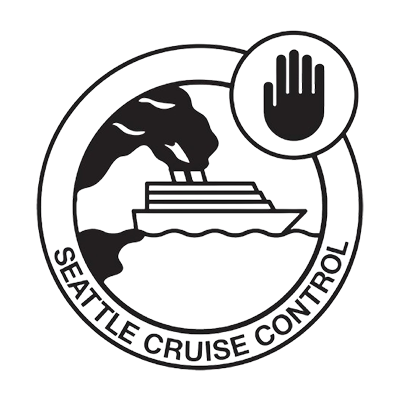



Help us make a difference
Your support is essential in reducing harmful emissions and protecting communities near Washington’s ports. Together, we can drive policies that cut pollution, improve public health, and create sustainable jobs, ensuring a safer and cleaner future for Washington state. Join us in shaping a healthier environment for generations to come.
